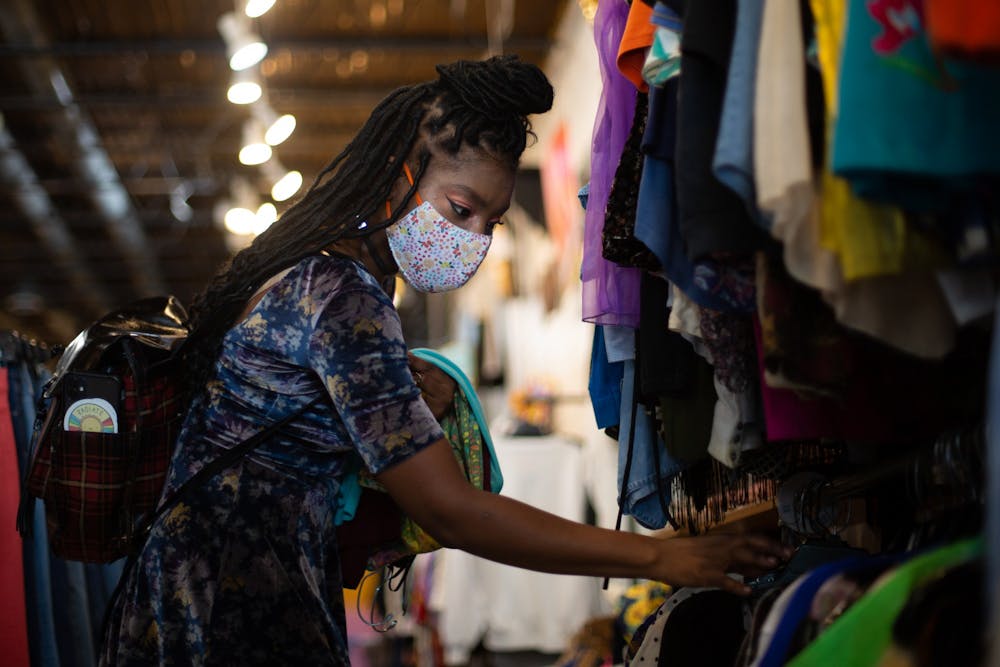A couple of my friends have always been vintage and thrift shopping enthusiasts. They show up with the cutest shoes and jackets found at local thrift stores, so recently, I decided it was time to get into it as well. Not only is it much more sustainable to keep these clothes out of the landfills, but there are also a lot of gems to be found.
Or so I thought.
Don’t get me wrong, those gems are definitely out there. It’s just a lot more complicated to find them than the casual social media influencer might make it seem.
From the very beginning, finding a good thrift store can already be complicated. Then there’s the searching, and don’t get me started on the millions of ethical considerations to take into account.
The first time I decided to brave the process, I did so on a whim and found myself less than prepared. You don’t find those awesome pieces immediately — it takes hours of sifting in order to get to that precious one percent. If every hanger isn’t looked through, you may very well miss that perfect occasion dress.
Another thing I learned is that if you're like me and you have zero sewing skills, you’ll be at a bit of a disadvantage. Not having these skills really limits your ability to alter the clothes you find. You might not have the luxury of sizing up or down and then making alterations, unless you have extra money to get them tailored or a generous friend is willing to do it for you.
But the ethics of buying clothes in a different size is questionable. Some petite women on TikTok have recently come under fire for taking clothes a couple sizes bigger than their own and altering them into two-piece sets.
One commenter pointed out that cute clothes in bigger sizes are already scarce in thrift stores. When someone smaller buys these pieces to flip into something else, the options left behind for those who actually wear that size are minimal.
Another self-identified plus-sized commenter suggested that upcycling big T-shirts, which are less wearable, is fine. However, when it comes to the “rare gems” that are harder to find, smaller shoppers should be considerate and leave them be for the next plus-sized shopper.




